Meghan Duffy, artist, blogger and junior, flips her sketchbook open to a blank page and begins to draw. Various items, such as pencils, erasers and markers, litter her desk. In addition to these typical art tools, a camera and computer also inhabit her workspace. After Duffy completes her newest creation, she will take a photo of it and post it online to her Tumblr page. This is a practice she started around four years ago.
“I’ve seen a lot of different styles,” Duffy said. “You see so much more and there’s just a lot of people from across the world with just different viewpoints, different ideas of what makes art so (the Internet) really just helps you get exposed to it.”
Duffy is not the only one combining the Internet and art. According to a Jan. 4 survey conducted by the Pew Research Center, 77 percent of respondents agree with the statement that the Internet has “played a major role in broadening the boundaries of what is considered art.”
Art teacher Jon Kane said he also views technology and the Internet as tools to which artists have access. Although, Kane said he believes there is a great strength in being a traditional artist, he said he also believes the Internet has its benefits.
Kane said, “The Internet has opened up new doors. There are all different ways of becoming an artist depending on your skills and different interests. Everything the computer offers, that technology offers, it can take you in that direction.”
Kane said that the Internet provides a lot more access to art and increases awareness and recognition of artists.
“You can really get your work out there. You can just make yourself known as an artist in the art world,” Kane said.
Duffy said that in addition to giving artists greater exposure, the internet helps artists find ways to improve.
“I get a lot of feedback. I get people giving me comments and criticism on the art telling me what needs improvement, what doesn’t and it’s not just my friends saying, ‘Oh, it’s wonderful.’ It’s a lot of people saying, ‘Well, it’s nice, but you need to do so-and-so to make it better,’” Duffy said.
Artist and sophomore Yueyi Zhang said via email she disagrees that the definition of art has changed, but she does believe the Internet has influenced artwork.
According to Zhang, the Internet readily allows accessibility, so interested companies can notice artists. In addition, commissioners are able to access a wider selection of artists.
However, Zhang also said there are problems that arise from posting artwork online such as increased competition since consumers are able to easily browse what they want.
“Stealing is inevitable, and there are many cases of companies printing an artists’ design without permission,” Zhang said.
Kane said he has seen some of his work published on Japanese websites without his permission and that many artists have had online work stolen.
“Once your work is online, some of that can easily be plagiarized or stolen or copied or printed. Just as with text, the images can be copied,” Kane said. “Copyright issues are huge with artwork.”
Duffy cited art plagiarism as a potential downside, but she said the overall impact of the Internet on the art world is overwhelmingly positive.
“I think that technology and the Internet just brings to us another form of art and it’s really exciting, too, but I think that in the hands of an artist it can be an amazing tool to explore and be creative,” Kane said.
“I think that people are just stepping out and trying new things and that anything could happen,” Duffy said.




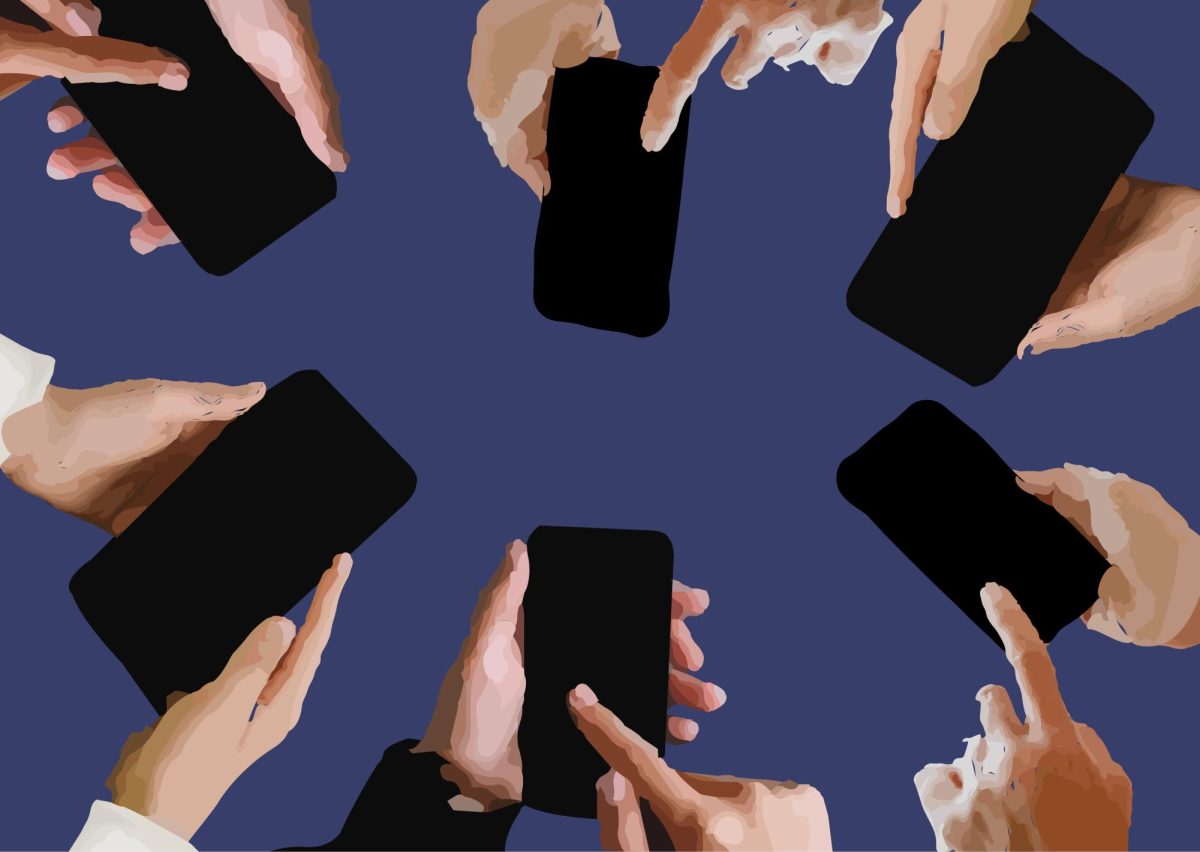





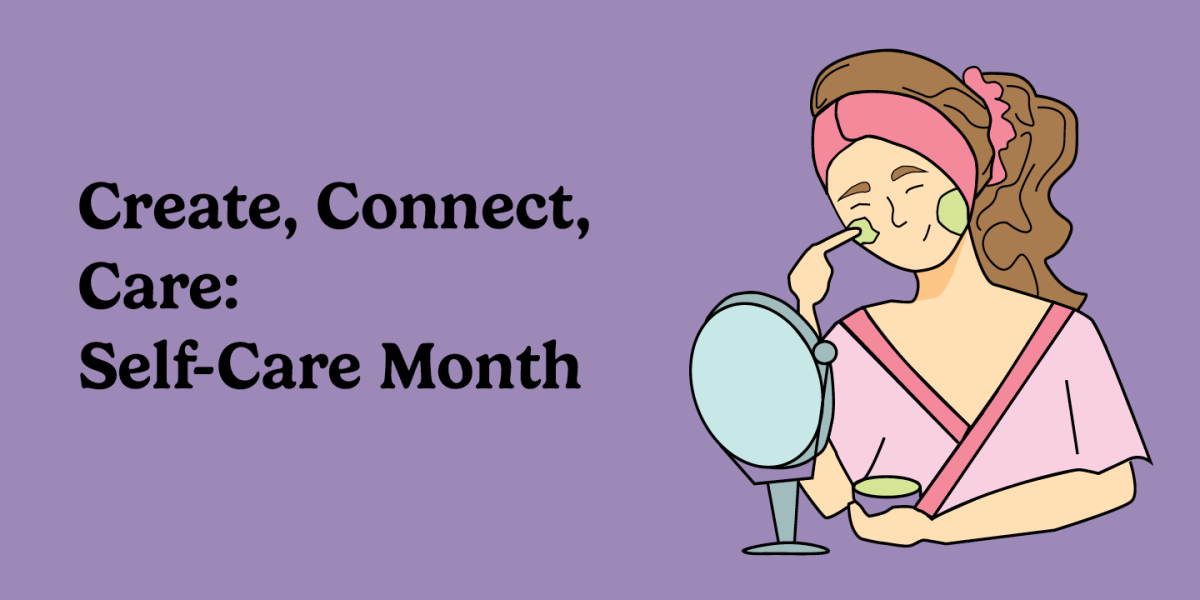








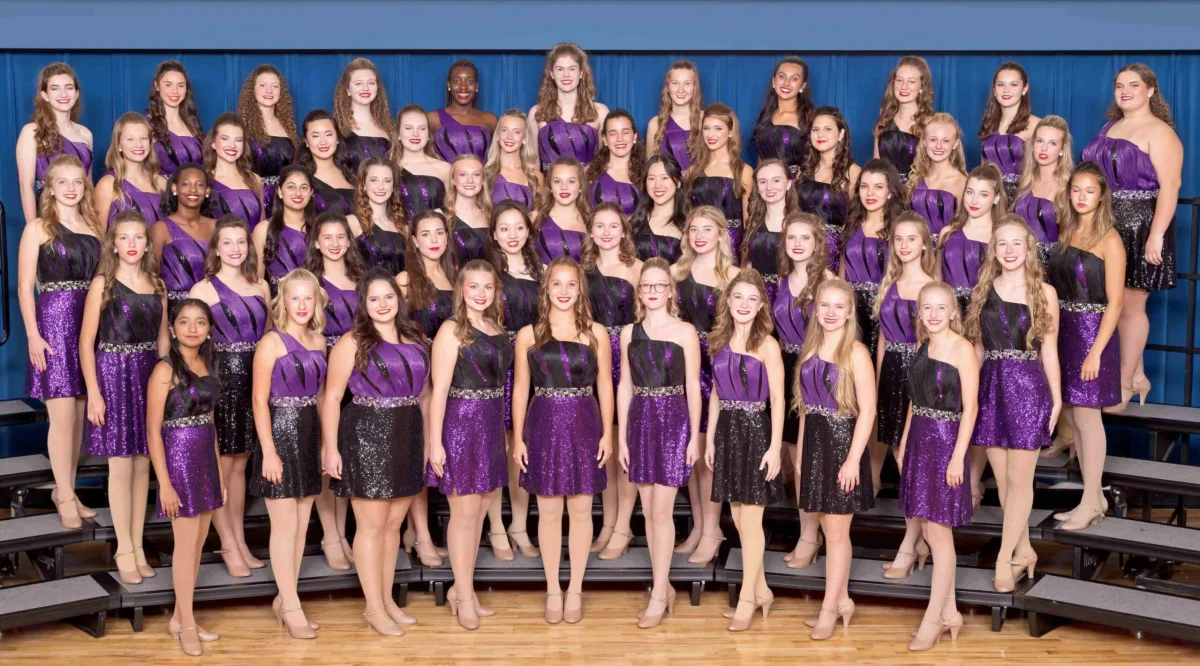

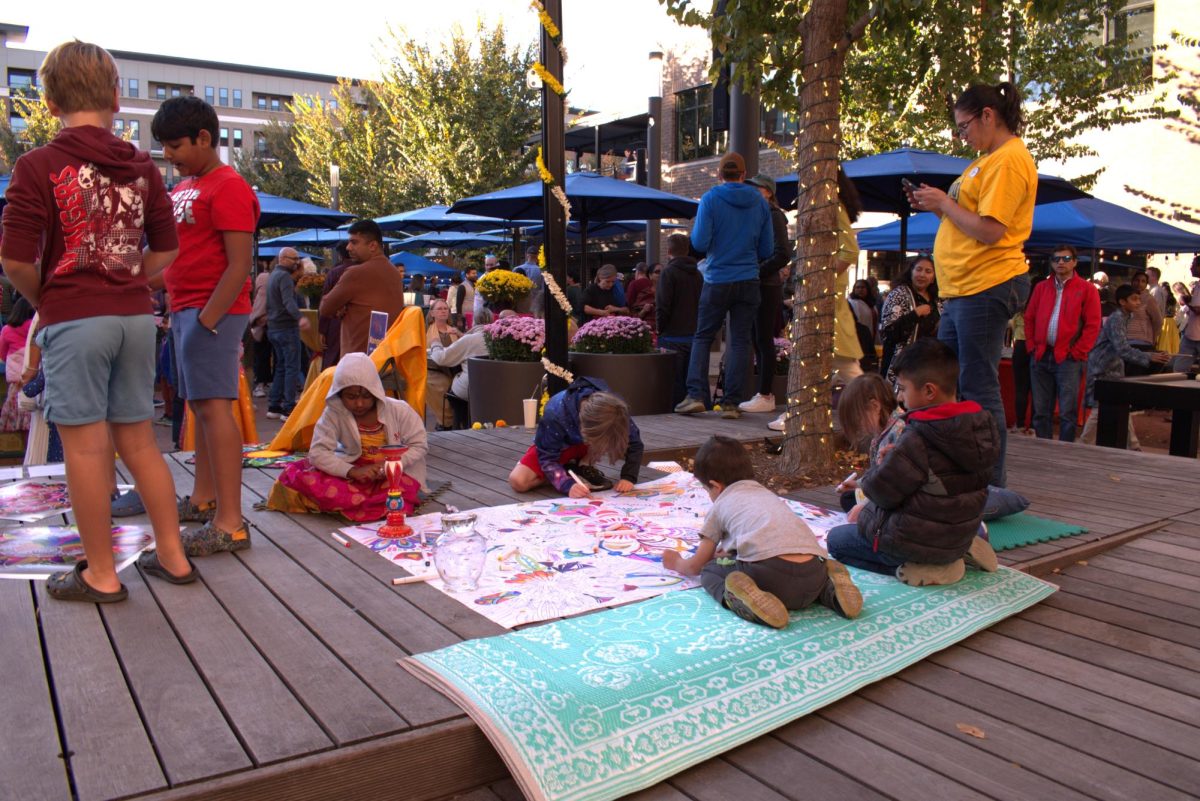
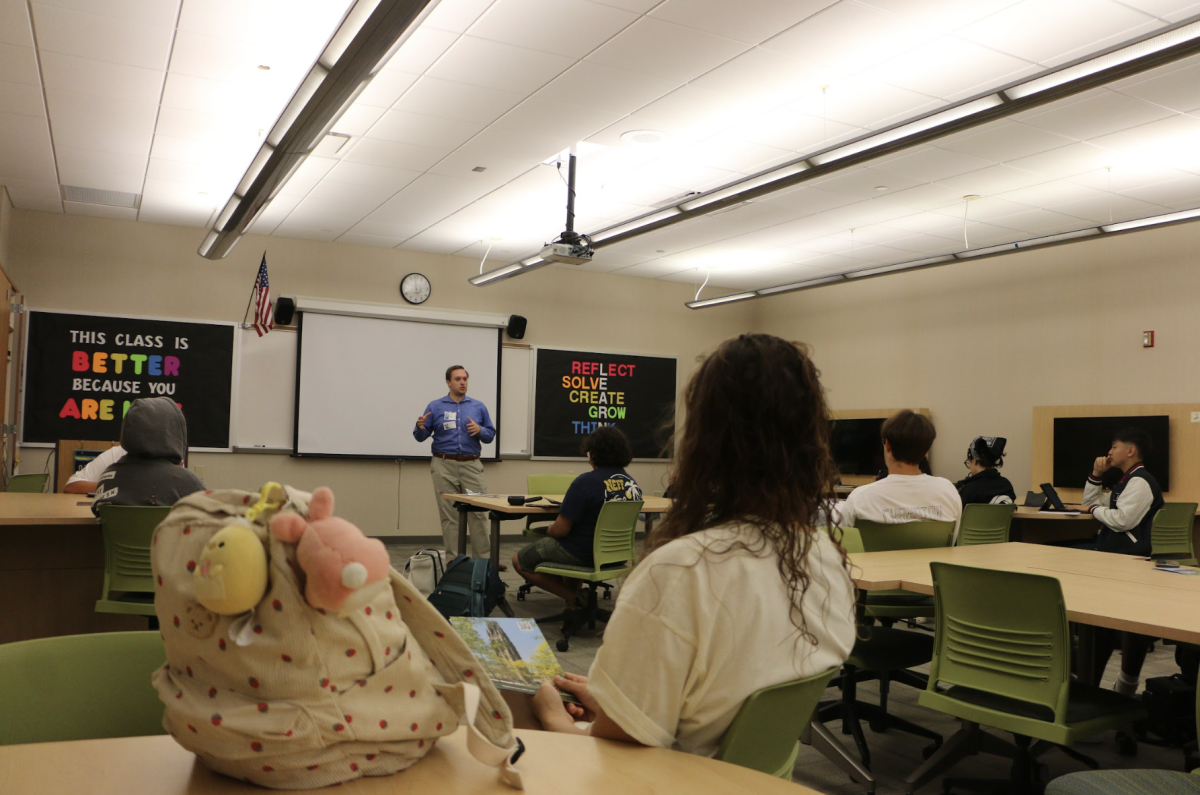
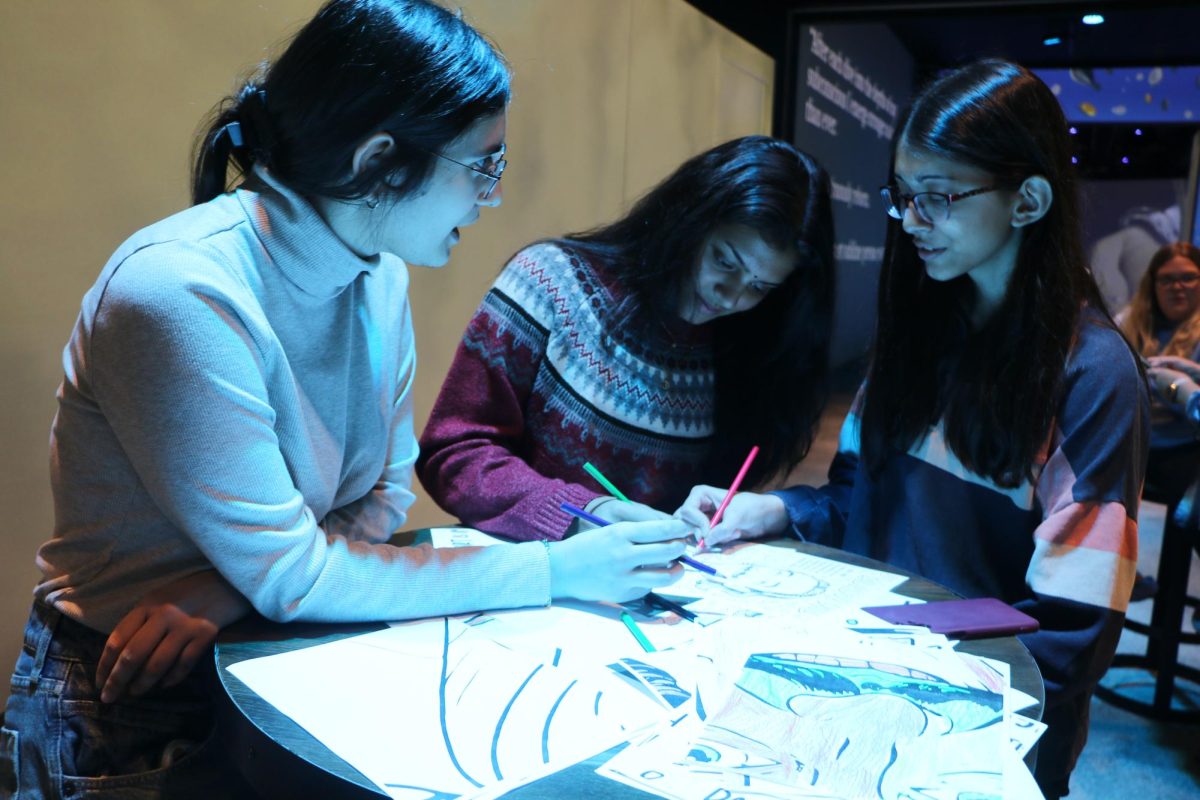


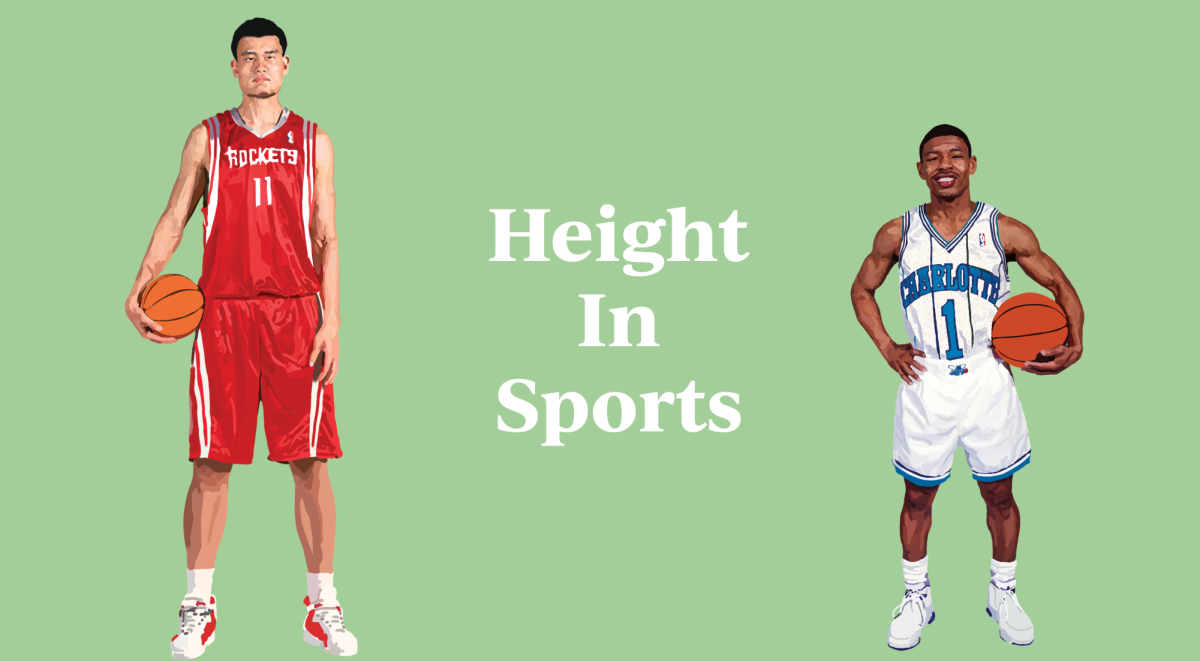



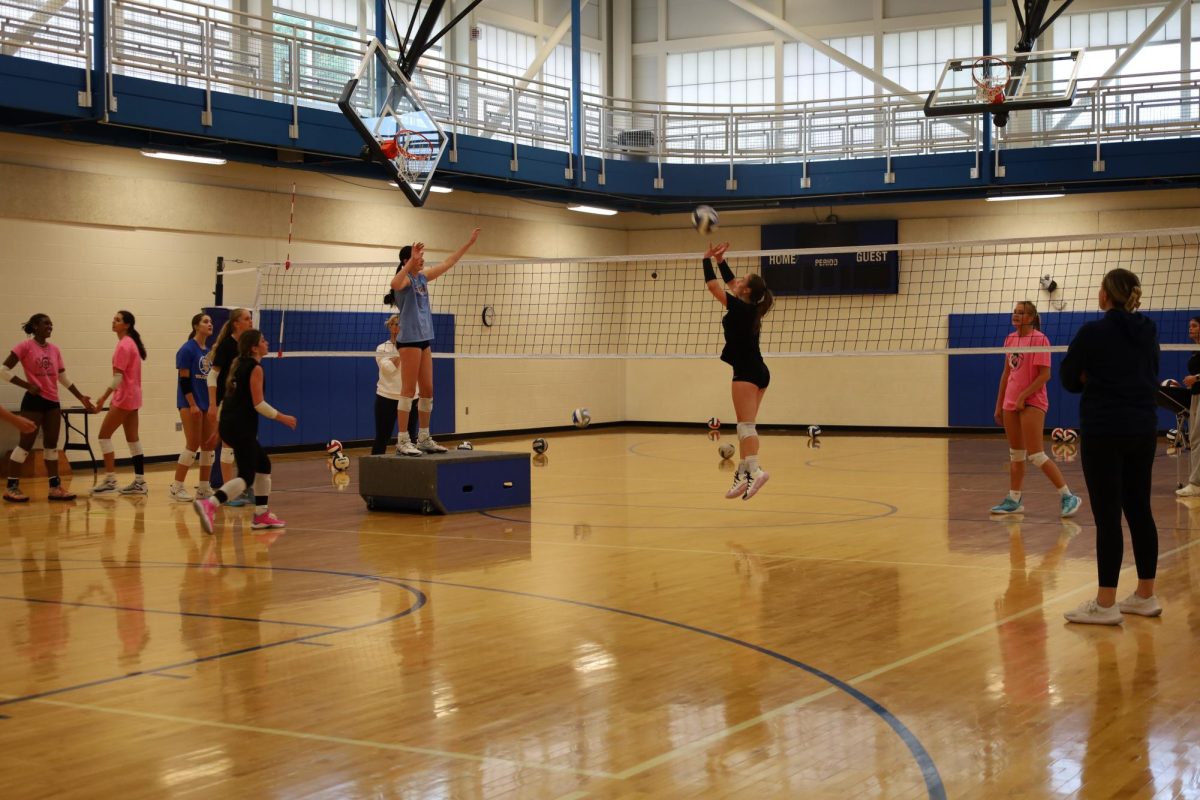
!["Wicked" poster controversy sparks a debate about the importance of accuracy versus artistic freedom [opinion]](https://hilite.org/wp-content/uploads/2024/11/riva-perspective-cover-1200x471.jpg)


![Chilling or Childish? The downfall of modern horror movies [opinion]](https://hilite.org/wp-content/uploads/2024/10/adjusted-horror-cover-1200x471.jpg)
![“Uglies” is a call for change in the YA dystopian genre [opinion]](https://hilite.org/wp-content/uploads/2024/10/Perspectives-Cover-1200x471.jpg)


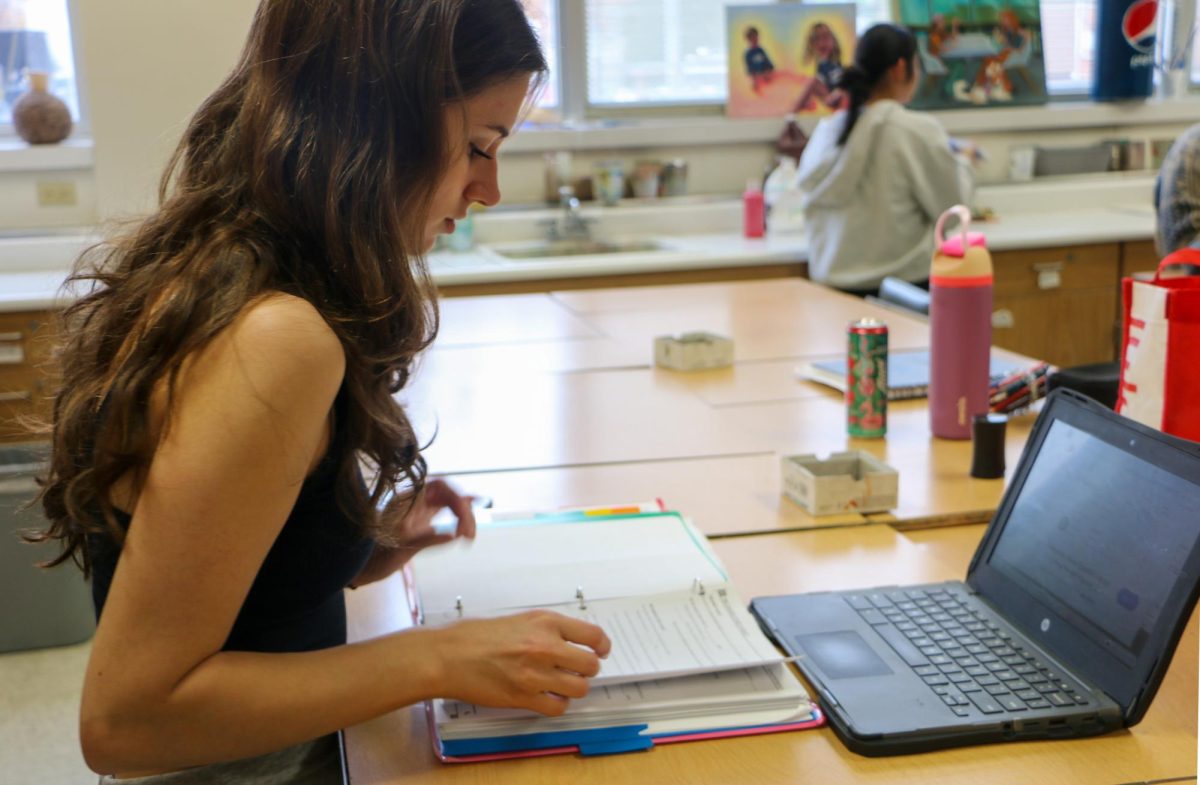

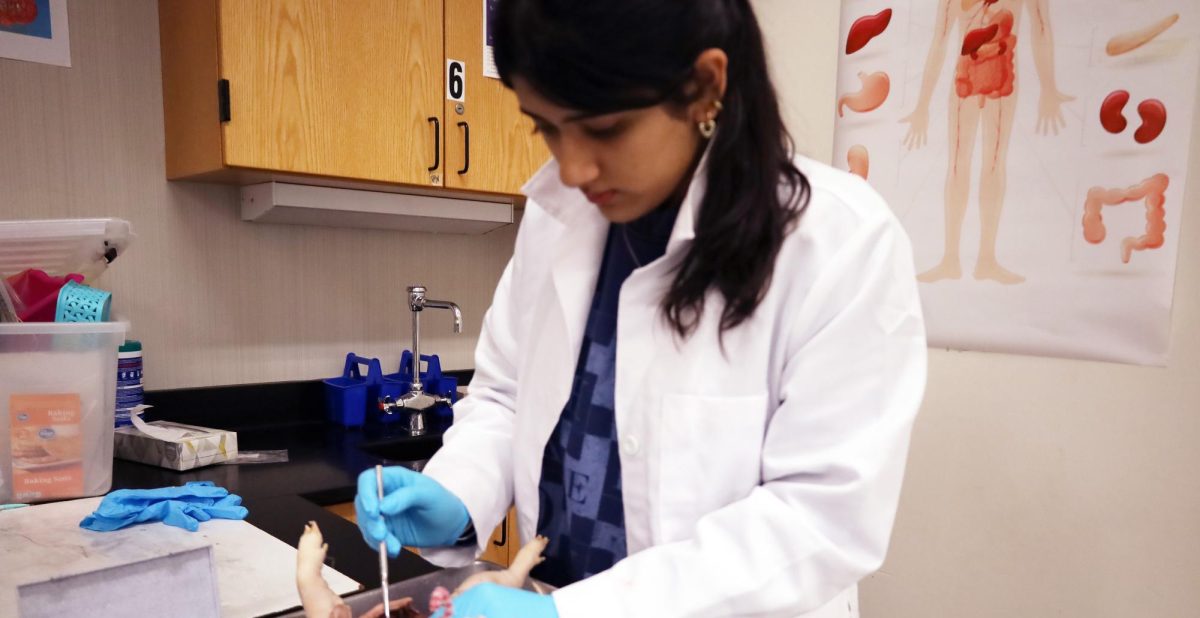






























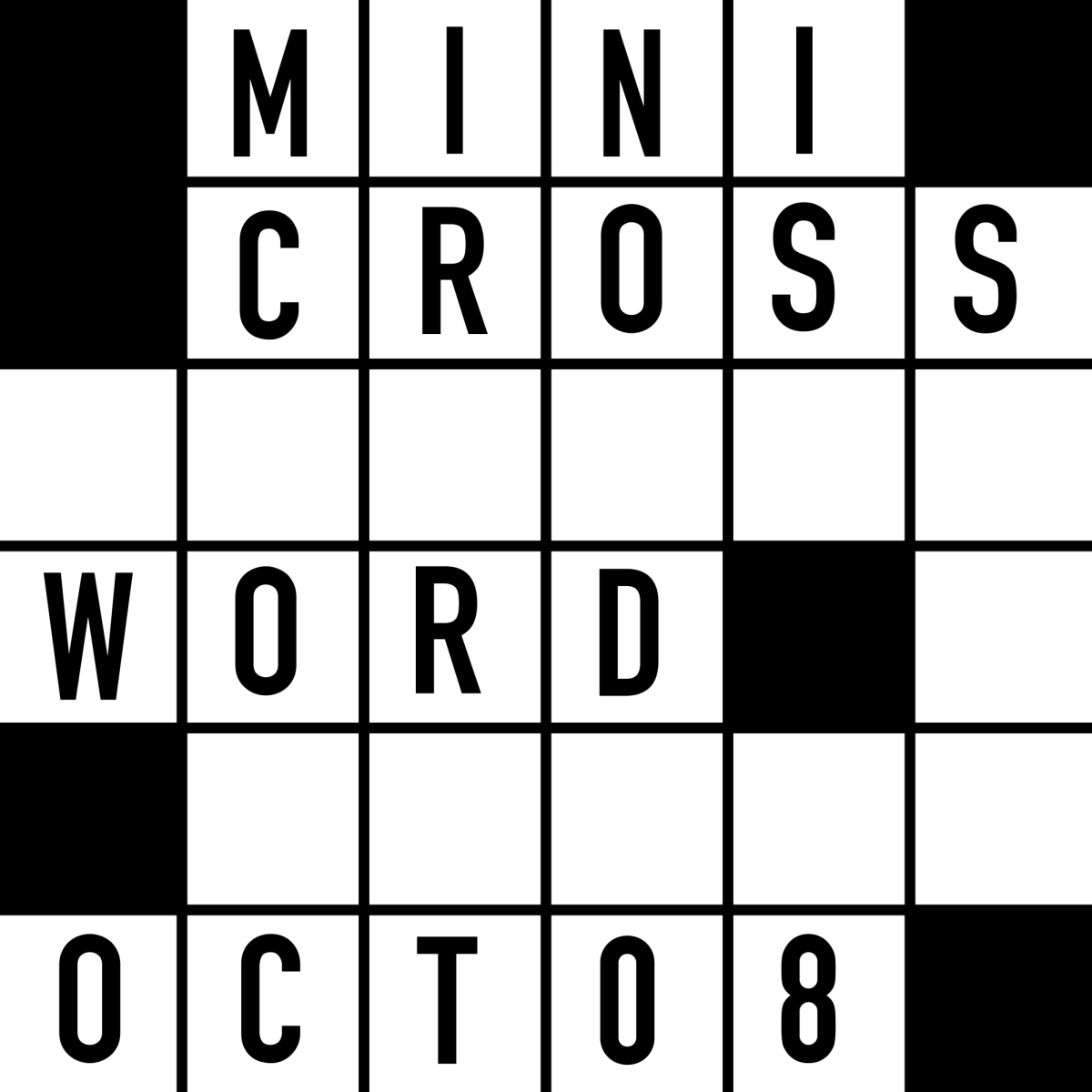


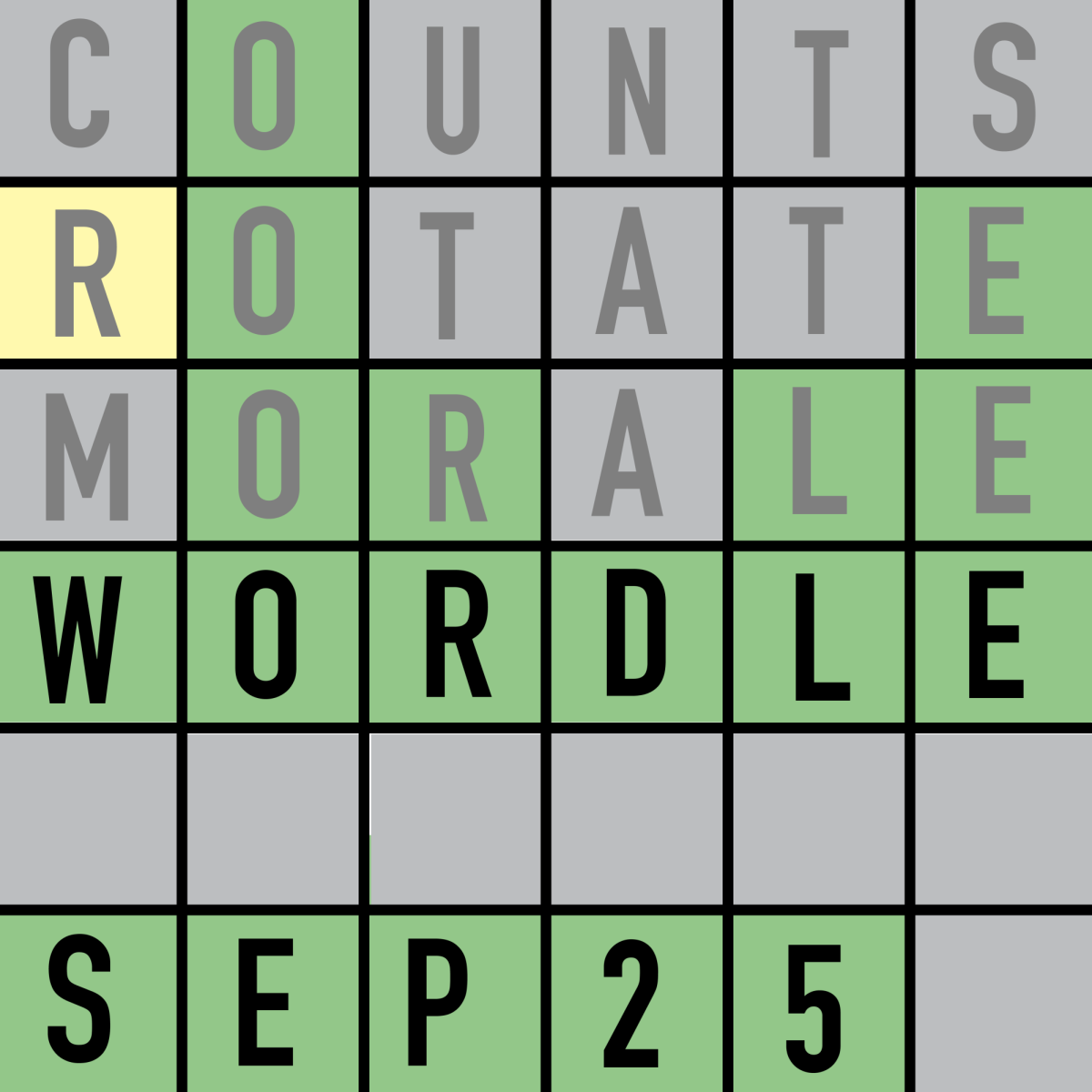



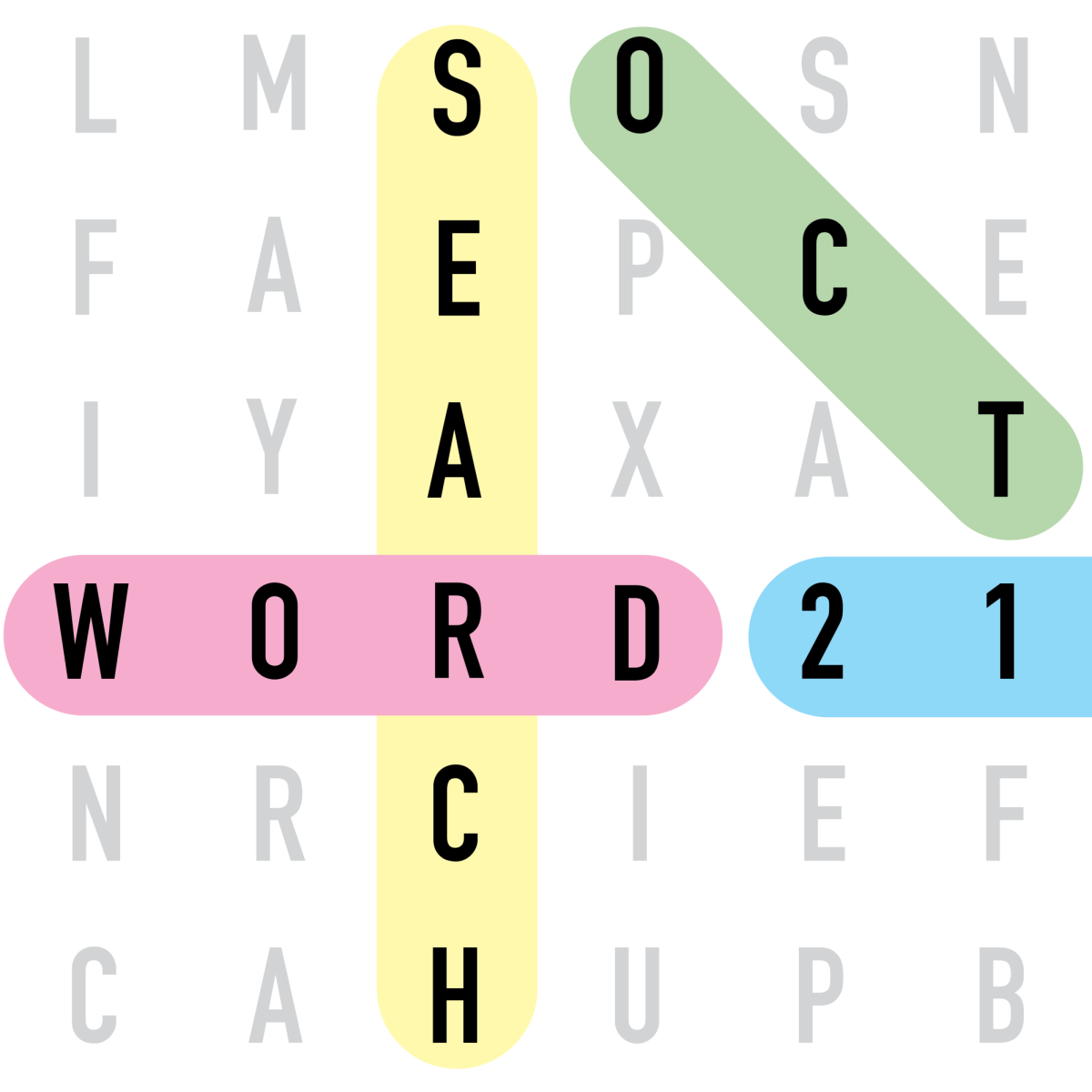
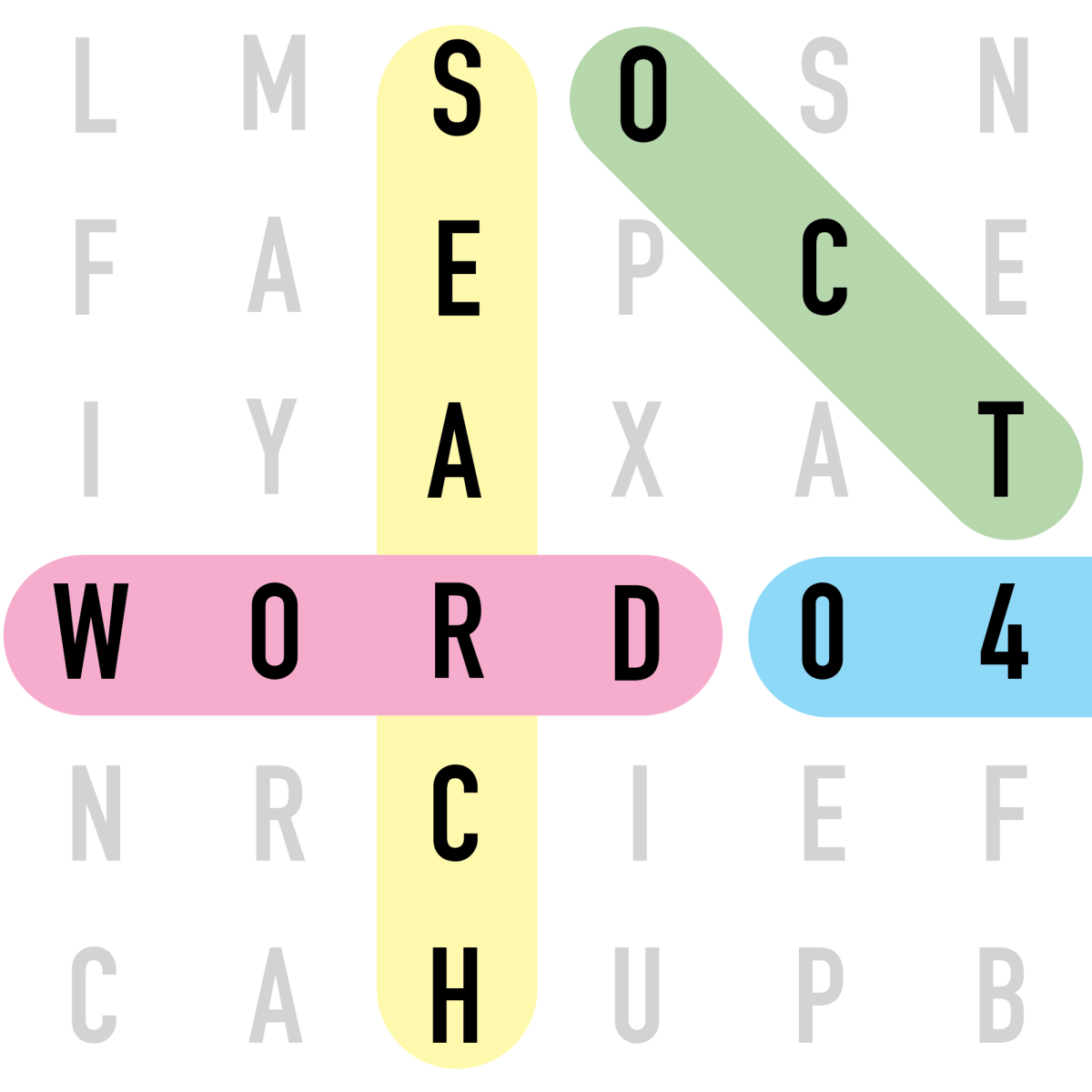
![Review: “Arcane” Season 2 exceeds expectations, but leaves the finale as the make or break of the series [MUSE]](https://hilite.org/wp-content/uploads/2024/11/GUddsa6XIAAuDuB-1-e1723281667555-1200x676.jpg)
![Review: Indy Scream Park is a perfect level of spook to kickstart the Halloween season [MUSE]](https://hilite.org/wp-content/uploads/2024/11/IMG_1383.jpg)
![Review: “Saturday Night” is a chaotic and thrilling look at the origins of “Saturday Night Live” [MUSE]](https://hilite.org/wp-content/uploads/2024/10/snl-1200x800.jpg)
![Review: “Megalopolis” is a bold, bewildering mess [MUSE]](https://hilite.org/wp-content/uploads/2024/10/MV5BYTk3MjUzMGItYmU1NC00M2YyLThmNDMtNDI4NjkxNjgzMjQzXkEyXkFqcGdeQXRyYW5zY29kZS13b3JrZmxvdw@@._V1_-1200x675.jpg)
![Review in Print: Maripaz Villar brings a delightfully unique style to the world of WEBTOON [MUSE]](https://hilite.org/wp-content/uploads/2023/12/maripazcover-1200x960.jpg)
![Review: “The Sword of Kaigen” is a masterpiece [MUSE]](https://hilite.org/wp-content/uploads/2023/11/Screenshot-2023-11-26-201051.png)
![Review: Gateron Oil Kings, great linear switches, okay price [MUSE]](https://hilite.org/wp-content/uploads/2023/11/Screenshot-2023-11-26-200553.png)
![Review: “A Haunting in Venice” is a significant improvement from other Agatha Christie adaptations [MUSE]](https://hilite.org/wp-content/uploads/2023/11/e7ee2938a6d422669771bce6d8088521.jpg)
![Review: A Thanksgiving story from elementary school, still just as interesting [MUSE]](https://hilite.org/wp-content/uploads/2023/11/Screenshot-2023-11-26-195514-987x1200.png)
![Review: "When I Fly Towards You", cute, uplifting youth drama [MUSE]](https://hilite.org/wp-content/uploads/2023/09/When-I-Fly-Towards-You-Chinese-drama.png)
![Postcards from Muse: Hawaii Travel Diary [MUSE]](https://hilite.org/wp-content/uploads/2023/09/My-project-1-1200x1200.jpg)
![Review: "Ladybug & Cat Noir: The Movie," departure from original show [MUSE]](https://hilite.org/wp-content/uploads/2023/09/Ladybug__Cat_Noir_-_The_Movie_poster.jpg)
![Review in Print: "Hidden Love" is the cute, uplifting drama everyone needs [MUSE]](https://hilite.org/wp-content/uploads/2023/09/hiddenlovecover-e1693597208225-1030x1200.png)
![Review in Print: "Heartstopper" is the heartwarming queer romance we all need [MUSE]](https://hilite.org/wp-content/uploads/2023/08/museheartstoppercover-1200x654.png)




